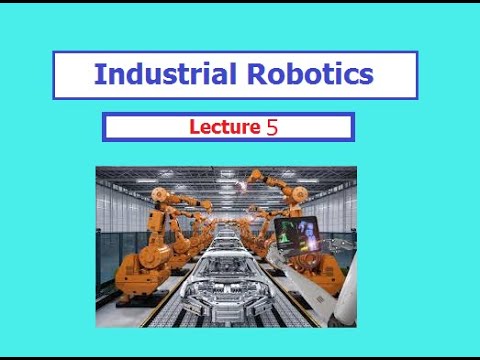Types of Industrial Robots: Exploring the Drive Systems
From hydraulic to pneumatic and electric, industrial robots have come a long way in terms of technological advancements. These robotic systems have revolutionized the manufacturing industry by streamlining processes, reducing human labor, and improving overall efficiency. In this article, we will delve into the different types of industrial robots, their drive systems, and how they have transformed the industrial landscape.
*****************
Industrial robots play a pivotal role in modern manufacturing, enabling companies to automate various tasks with ease. These robots are classified into different categories based on their drive systems, which determine their functionality and application. In this article, we will explore the three main types of drive systems used in industrial robots: hydraulic, pneumatic, and electric.
Hydraulic drive systems are characterized by the use of pressurized fluid to generate force and motion. These systems rely on hydraulic actuators, which convert fluid pressure into mechanical force. Hydraulic robots are known for their immense power and capability to handle heavy-duty tasks. They are commonly used in applications such as lifting and moving extremely heavy objects in industries like construction and mining.
Pneumatic drive systems, on the other hand, utilize compressed air to create motion. Pneumatic robots are lightweight, highly flexible, and cost-effective. They are widely employed in tasks that require high-speed operation, such as material handling and assembly processes. The simplicity and reliability of pneumatic systems make them a popular choice in various industries.
Electric drive systems have gained significant popularity in recent years due to advancements in motor and control technology. Electric robots are powered by electric motors that convert electrical energy into mechanical motion. These robots offer precise control and accuracy, making them ideal for tasks that require a high level of precision, such as welding, painting, and pick-and-place operations.
To better understand the intricacies of these drive systems, let's take a closer look at each type:
Hydraulic Drive Systems:
Hydraulic robots are characterized by their ability to generate high force and torque. These robots consist of hydraulic cylinders, pumps, and valves that work in tandem to create motion. Hydraulic drive systems are known for their ruggedness and durability, making them suitable for harsh environments. However, they require regular maintenance and are less energy-efficient compared to other drive systems.
Pneumatic Drive Systems:
Pneumatic robots operate on the principle of using compressed air to generate force. These robots are lightweight, compact, and relatively simple in design. Pneumatic systems offer quick response times and high-speed operation, making them ideal for applications that require rapid movements. However, they lack the precise control of hydraulic or electric systems and may not be suitable for tasks that demand accuracy.
Electric Drive Systems:
Electric robots are powered by electric motors, which provide precise control and accuracy. These robots offer a wide range of motion capabilities, making them highly versatile. Electric drive systems are energy-efficient, easy to program, and require minimal maintenance. However, they may not possess the same level of power and force as hydraulic systems, limiting their application in heavy-duty tasks.
As technology continues to advance, the line between these drive systems has started to blur. Many industrial robots now combine different drive systems to leverage their individual strengths. For example, an electric-hydraulic hybrid robot can harness the precision of electric drive systems while using hydraulic power for heavy lifting.
In conclusion, the different types of industrial robots with their respective drive systems have revolutionized the manufacturing industry. From hydraulic systems providing brute force to pneumatic systems offering high-speed operation, and electric systems delivering precision, each drive system has its own unique advantages and applications. As technology continues to progress, we can expect to see further advancements and integration of these drive systems, leading to more efficient and capable industrial robots.
(Note: This article is based on the lecture "Industrial Robotics Lecture 5 - Robot Drive System" available on YouTube.)
Industrial Robot
"Understanding Robot Drive Systems and Types of Industrial Robots: An In-Depth Lecture on Industrial Robotics"


